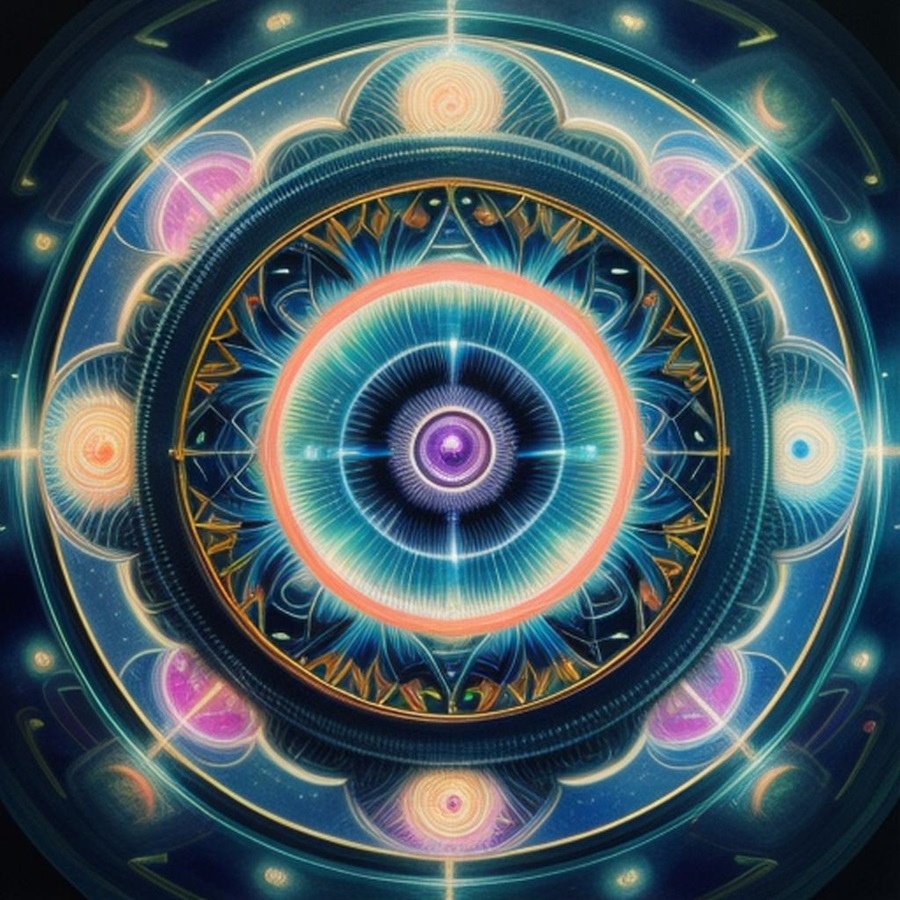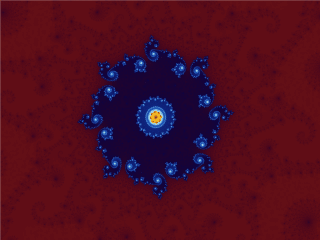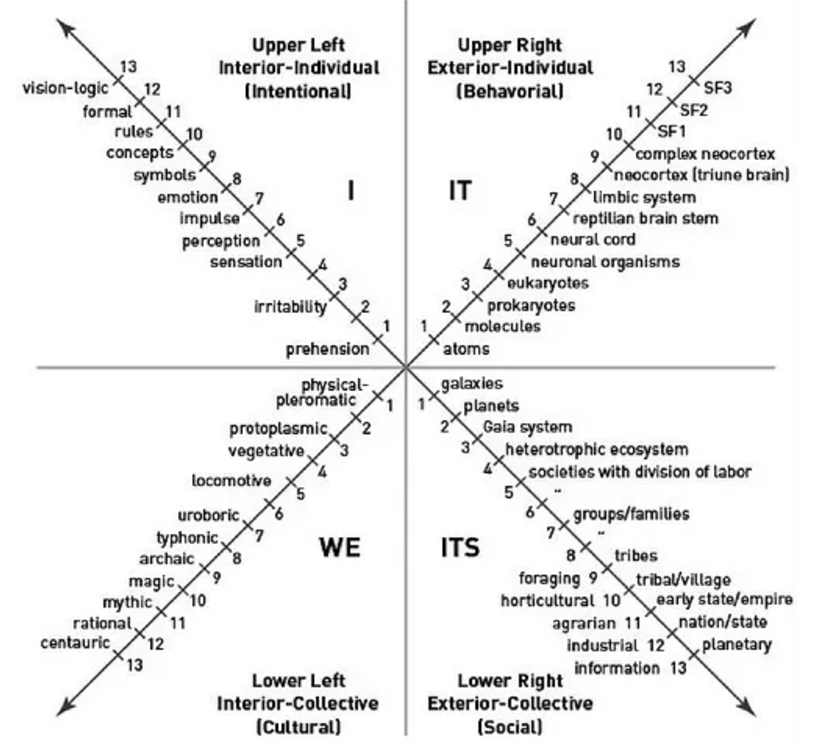Holistic

metaculture provides a holistic view of science and spirituality that unifies them in a single fractal vision of the universe.
"Nature does not compartmentalise. Its instinct is integrative and holistic." -Ram Nath Kovind
If science and philosophy are a puzzle, and every discipline is a piece of that puzzle, then metaculture is the picture on the box and the image is a fractal.
If the belief system of the future came in a box like Ikea furniture, metaculture would be the instructions, written so that anyone of any culture can understand them.
If Wikipedia represents all of human knowledge, the metaculture wiki should represent the story that it tells, and a way for our minds to comprehend it and communicate it to others.
If this wiki isn't any of those things, then metaculture is the thing that will inevitably become those things.

Picture the fractal zoom in reverse. This is an allegory for how we take the details provided to us by facts and evidence, take a step back, and see how they form the big picture. It is also an allegory for how individual elements in large groups create new things with emergent properties. This process is described in detail under March of Progress.
See Reductionism and Holism on Wikipedia
Bees Versus Hives
An easy way to consider the difference between holistic and reductionist thinking is to consider a single bee versus a beehive. It also works with ants and colonies, fish and schools, individuals and societies. When we consider the emergent behavior of the beehive, which acts as if it has its own intelligence and agency that makes it more than the sum of its parts, this is thinking holistically. If we act like the hive doesn't exist and focus exclusively on the behavior of individual bees, that is an example of reductionist fallacy.
Telling the Whole Story
metaculture isn't a single idea, it's a holistic metanarrative about the connectedness of all ideas. How can you make the case that all ideas are connected by a common evolutionary fractal pattern without actually going through every idea and analyzing it from this perspective? You could, but someone would inevitably say that the argument was incomplete. The wiki provides the best platform for avoiding this criticism.
See Metanarrative of everything.
AQAL and Holonic Fractal Reality

The All Quadrants All Level model of reality outlined in Ken Wilber's Integral Theory is one of the better attempts to demonstrate the fractal (or holonic) organization of reality, both in terms of the subjective and material. At each successive stage proceeding outwards we see the individual elements of the previous stage creating emergent, complex new behavior that self-organizes when they act as a group.
While this organization is more philosophical than scientific, especially in the upper-left quadrant dealing with states of consciousness, it is useful for showing how everything in the universe is built on the emergent properties of its component elements acting in concert.
The fractal is the best way to visualize this. Picture the fully zoomed out Mandelbrot fractal as the complete picture of reality, containing all 13 levels of the AQAL diagram. Each level of progress towards the center is represented by a new repetition of the fractal pattern, containing thousands of new and unique variations of the theme that make up the whole. Each one of those is made up of thousands of smaller variations on the pattern, and so on until we reach the atomic level, and probably many more iterations beyond that.
The Metanarrative of Everything describes how this idea fits into the story of cosmic complexification.
Short Videos, Big Picture
Some videos that help you think holistically.